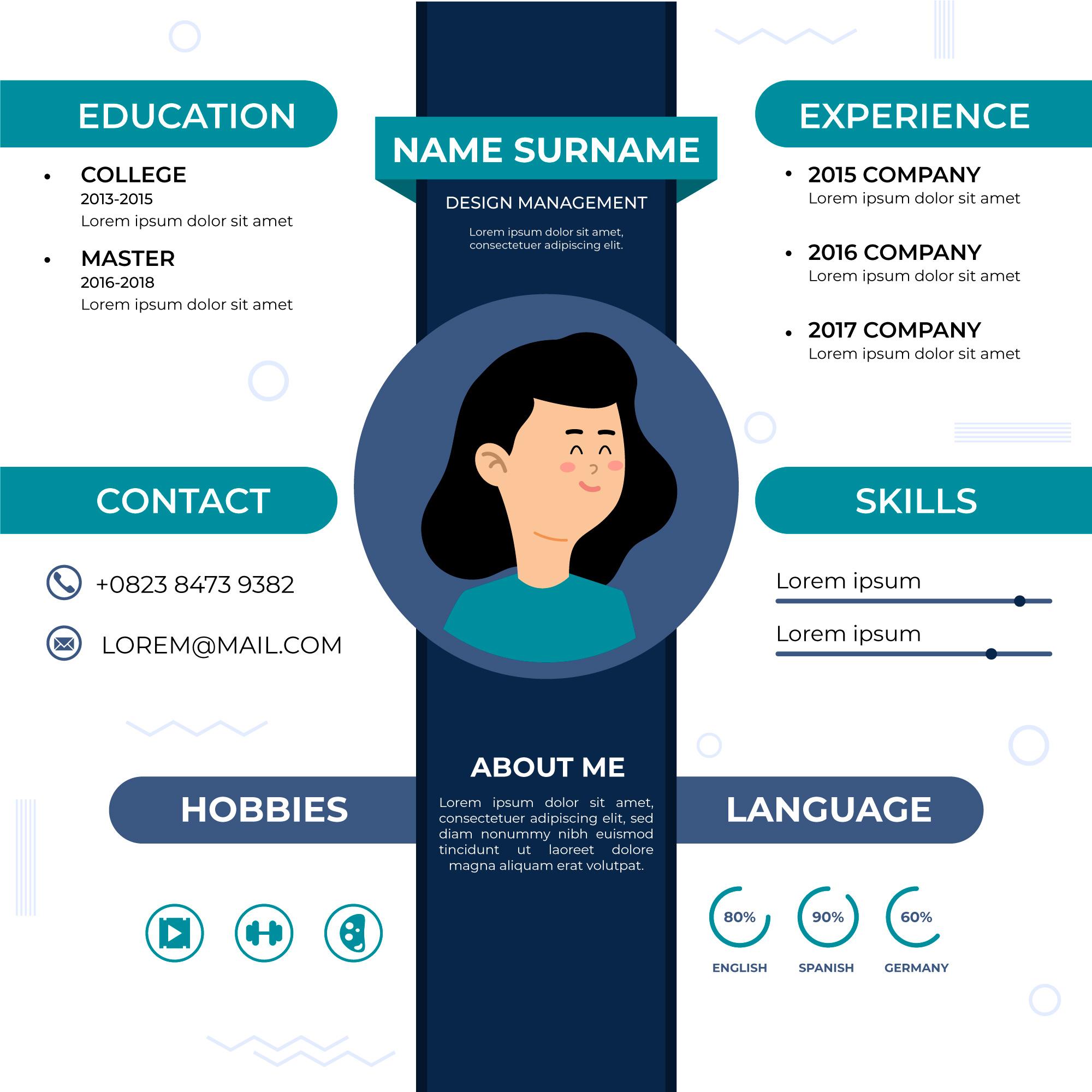After years of working abroad, many Overseas Filipino Workers (OFWs) are choosing to come home in 2025—whether to reunite with family, start a business, or settle for good.
But one challenge remains:
👉 How do you re-enter the local job market after working overseas for so long?
In this post, we’ll walk through how returning OFWs can confidently rebuild their careers, use their international experience as an advantage, and leverage VioResume’s resume tools and job matching to land quality roles in the Philippines—or even work remotely for global companies from home.
🌐 Why Many OFWs Are Coming Home in 2025
Here’s why a lot of Filipinos abroad are making the move back:
- The rising cost of living overseas
- More remote jobs and local work-from-home options
- Better digital job platforms and AI tools in the PH
- The chance to earn well without leaving the country again
But getting hired locally after years abroad isn’t always easy—unless you prepare your tools and approach smartly.
🔍 Step 1: Turn Your Overseas Experience Into a Strength
Many OFWs underestimate the value of what they’ve learned abroad.
✅ Customer service for foreign clients
✅ International work standards
✅ Multilingual communication
✅ Technical and people skills
✅ Adaptability under pressure
All of these are highly valuable in BPO, remote roles, tech support, and even team leader positions.
With VioResume, you can highlight these global experiences using AI-optimized resumes that are structured to impress local recruiters and pass ATS filters.
🔗 Try it here: vioresume.com/templates
📝 Step 2: Build a Resume That Fits the PH Job Market (or Global Remote Roles)
If your resume is outdated—or based on overseas formatting—it might not work for Philippine-based recruiters.
Use VioResume’s drag-and-drop or AI-powered builder to:
- Create a fresh, clean resume in minutes
- Choose templates designed for PH companies & remote roles
- Tailor it to specific jobs (just paste the job description!)
- Automatically reword and restructure your resume using AI
✅ Easy to use
✅ ATS-friendly
✅ Works even if you’ve been away from the PH for years
🧠 Step 3: Use Instant Job Matching to Find the Right Roles
Whether you’re looking for:
- A full-time job back home
- A part-time work-from-home role
- Remote work with foreign employers
VioResume’s Instant Job Matching scans your resume and connects you with live job openings based on your background—no endless scrolling required.
🔗 One click. One match. Try job matching here
🎥 Step 4: Add a Video Resume to Show Who You Are
For OFWs who’ve worked in customer service, hospitality, sales, or leadership, your presence matters just as much as your skills.
With VioResume, you can record a short video introduction where you:
- Talk about your experience abroad
- Explain why you’re back
- Highlight your goals in the Philippines
- Let employers connect with your personality
This helps local recruiters see the human behind the resume—and makes a great impression.
💼 Industries Hiring Returning OFWs in 2025
These sectors are actively hiring returnees:
✅ BPO (Call Center, Chat, Email Support)
✅ Healthcare & Medical Admin
✅ Sales and Account Management
✅ Technical Support & IT Helpdesk
✅ Logistics, Warehousing, Delivery Coordination
✅ Remote Virtual Assistance / Freelance Work
✅ Construction Supervision / Skilled Labor
✅ Administrative & HR Roles
Don’t forget: remote work is now a serious option. You can earn USD-level pay while living at home in the PH.
✅ VioResume for Returning OFWs: What You’ll Love
- 🧠 AI-Optimized Resumes (Even if you haven’t applied for a job in years)
- 📌 300+ Job-Specific Templates
- ⚡ Instant Job Matching
- 🎥 Video Resume Uploads
- 🌍 A professional online resume profile you can share with recruiters anytime
✈️ Final Thoughts: Your Experience Abroad Still Matters—Make It Count
You’ve worked hard. You’ve adapted to cultures, served clients globally, and managed tough jobs far from home.
Now it’s time to let your experience open doors for you locally.
Use VioResume to translate that overseas background into a clear, confident, and modern resume that gets noticed by recruiters in the Philippines—or around the world.
🎯 Ready to restart your career at home?
👉 Build your resume now at VioResume











